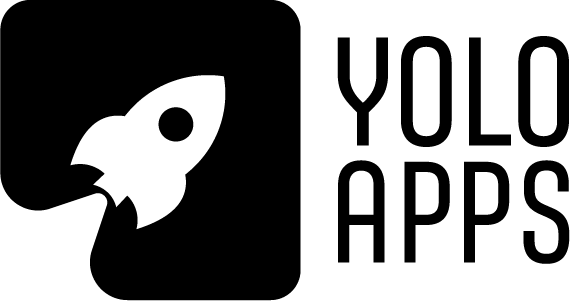Introduction
Agile development has emerged as a pivotal methodology for companies aiming to enhance product quality and speed to market. Agile development focuses on continuous iteration of development and testing in the software development lifecycle process. This approach enables flexibility and swift responses to change and promotes a collaborative working style that aligns development with customer needs and company goals. In this blog, we explore the benefits of agile development and provide an example of a successful company that leverages this methodology.
Introduction to Agile Development
Agile development is a term that resonates across software development teams worldwide. It breaks projects into smaller, manageable sprint units, allowing teams to adapt to changes quickly and efficiently. Unlike traditional development methodologies that rely on sequential stages, agile development encourages iterative progress through collaboration, regular feedback, and process improvement. This approach ensures that the end product is continuously refined to meet user expectations.
Benefits of Agile Development
One of the primary advantages of agile development is its adaptability. Projects are more flexible and can pivot easily in response to new information or market demands. This dynamic nature of agile development helps prevent the project from becoming outdated or irrelevant during its development cycle. Moreover, by fostering regular communication between developers, stakeholders, and customers, agile ensures that every feature developed aligns closely with business objectives and customer satisfaction.
Agile Development in Action: Spotify
A great example of agile development’s success is seen in Spotify, the global music streaming giant. Spotify organizes its development teams into autonomous “squads” focusing on different application aspects, enabling rapid testing and modifications. This structure supports continuous improvements and helps Spotify swiftly adapt to changing music industry trends and user preferences, significantly contributing to its market leadership and innovative edge.
Popular Software for Agile Development
Various software tools can facilitate the transition for companies adopting agile methodologies. Jira Software, developed by Atlassian, is widely regarded for its agile project management capabilities, offering features like scrum and kanban boards. Similarly, Trello provides a more visual task management environment ideal for smaller teams. For more integrated solutions, Microsoft Azure DevOps and ClickUp offer comprehensive suites that cover the entire development lifecycle, from planning to deployment.

Phases of Agile Methodology in App Development
Agile methodology is characterized by several key phases, each contributing to the lifecycle of a project. Here’s how these phases can play out in the development of a food delivery app:
- Concept and Initiation Phase: This initial phase involves outlining the vision of the food delivery app. Stakeholders and team members discuss the core functionalities, such as real-time tracking, menu browsing, and order placement. The goal here is to establish a clear project scope and objectives.
- Planning Phase: During planning, the project is broken down into manageable units or sprints. This might include designing the user interface, setting up the restaurant database, and integrating payment gateways for a food delivery app. Each sprint is planned with specific deliverables and deadlines to keep the project on track.
- Execution Phase: In this phase, the actual development begins. Developers work on building the app’s features, which are defined in the sprints. For instance, one sprint may focus on creating a user-friendly ordering system, while another might concentrate on setting up the backend to handle order logistics and delivery partner details.
- Review and Retrospective Phase: At the end of each sprint, the team reviews the completed work and presents it to the stakeholders for feedback. For example, after developing the initial ordering functionality, a prototype might be shown to potential users to gather their insights and reactions. This phase is crucial for identifying needed changes and understanding whether the sprint goals were met.
- Launch and Continuous Improvement Phase: Once the app meets all the business requirements and user needs, it is prepared for launch. However, agile insists on continuous improvement even post-launch. For the food delivery app, user feedback can lead to further refinements—perhaps enhancing the search functionality or optimizing the checkout process.
By progressing through these agile phases, the development of a food delivery app can be dynamically adjusted based on real-time insights and feedback, ensuring the final product is well-tuned to market needs and user preferences.
Conclusion
Agile development is not just a methodology but a strategic enabler for businesses in the digital age. By implementing agile practices, companies can ensure they are responsive to user feedback, adaptable to changes, and aligned with market demands. The success of companies like Spotify underscores the efficacy of agile development in fostering innovation and maintaining competitiveness. Agile development will remain a cornerstone of successful software development strategies as the digital landscape evolves. Companies interested in staying relevant in this dynamic environment should consider integrating agile tools and principles into their development processes.

